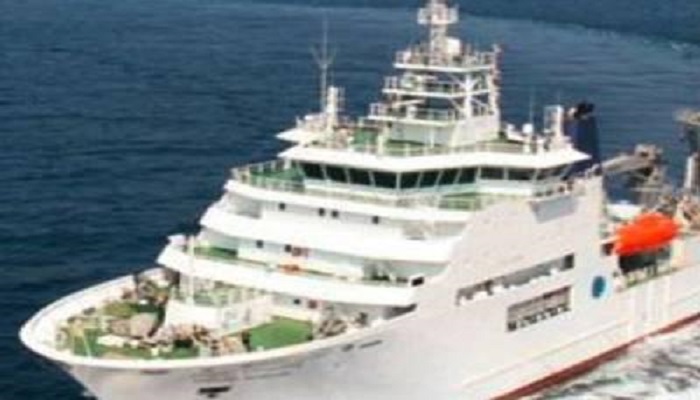
Scientists from the Geological Survey of India (GSI) have discovered the presence of millions of tonnes of precious metals and minerals deep under the waters that surround peninsular India.
The huge presence of marine resources was first identified off Mangaluru, Chennai, Mannar Basin, Andaman and Nicobar Islands and around Lakshadweep in early 2014. The amount of lime mud, phosphate-rich and calcareous sediments, hydrocarbons, metalliferous deposits and micronodules that geologists came across was a clear indication that deeper and more extensive exploration could lead to a larger treasure collection.
After three years of exploration, GSI has generated 181,025 square kilometres of high-resolution seabed morphological data and established the occurrence of more than 10,000 million tonnes of lime mud within the Exclusive Economic Zone of India.
It has also confirmed the presence of phosphate sediment off Karwar, Mangaluru and Chennai coasts, gas hydrate in the channel-levee system of Mannar Basin off the Tamil Nadu coast, cobalt-bearing ferromanganese crust from the Andaman Sea and micro-manganese nodules around Lakshadweep Sea.
Three state-of-the-art research vessels — Samudra Ratnakar, Samudra Kaustabh and Samudra Saudikama — carried out the ‘High Resolution Seabed Mapping and Natural Resource Evaluation’. “The main objectives were to identify potential zones of favourable mineralisation and evaluate marine mineral resources,” said Ashish Nath, superintendent geologist at GSI.

Post Your Comments